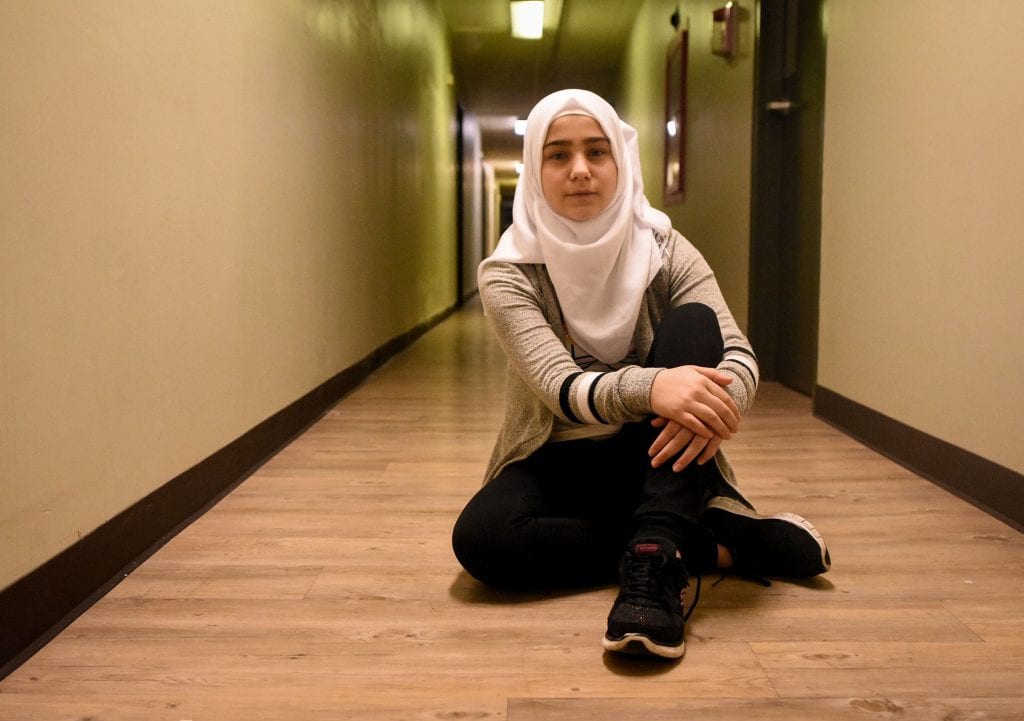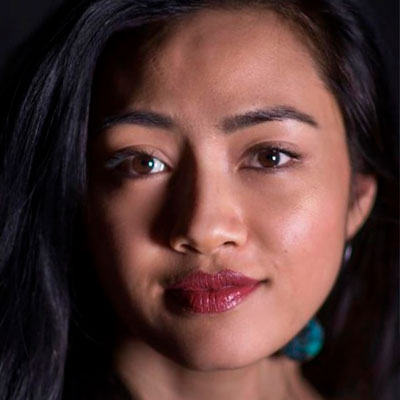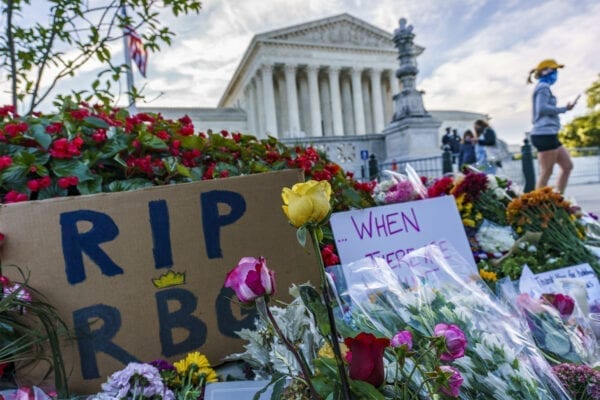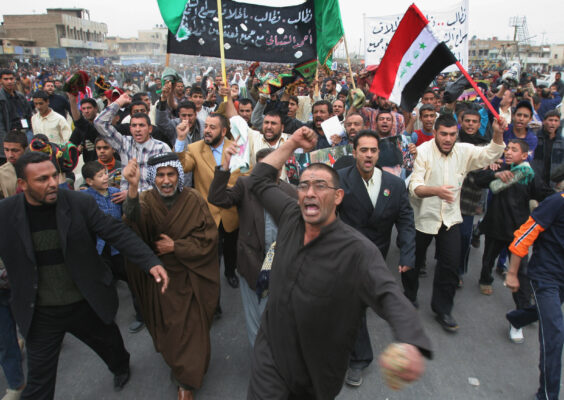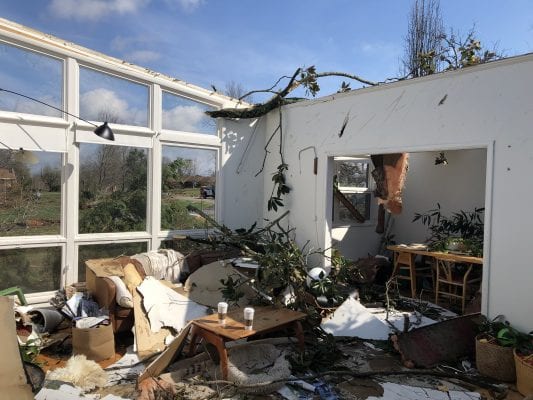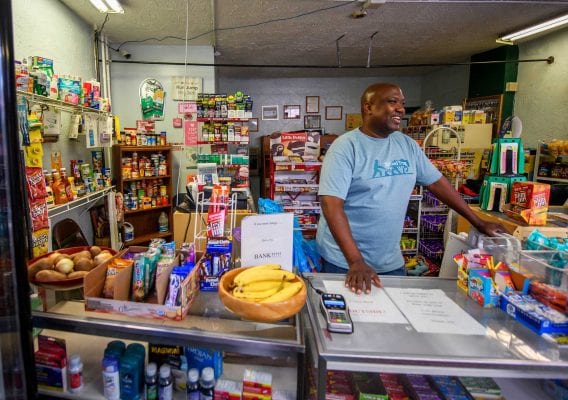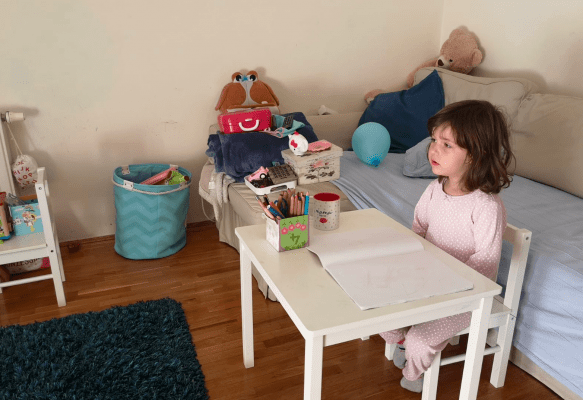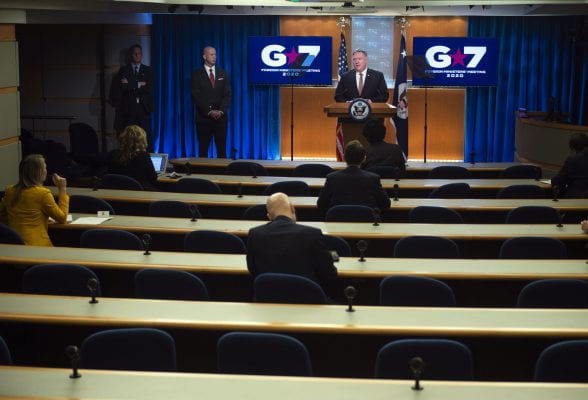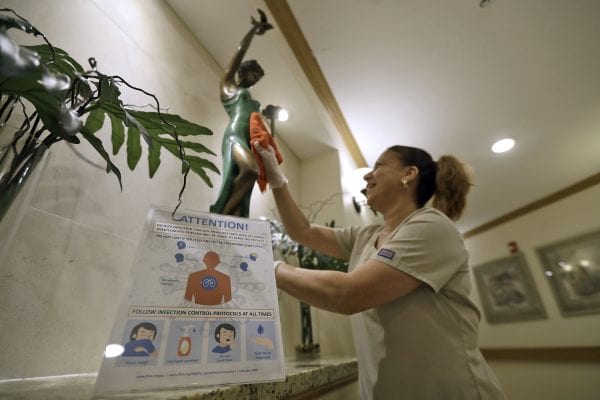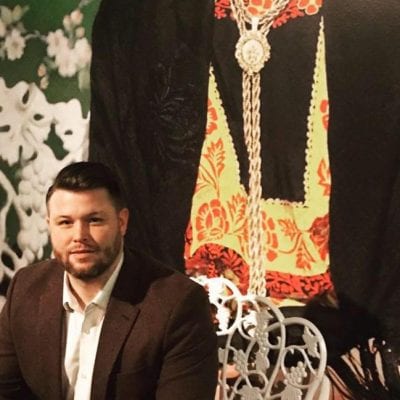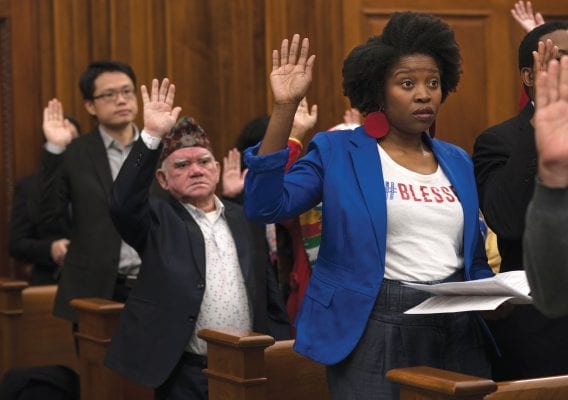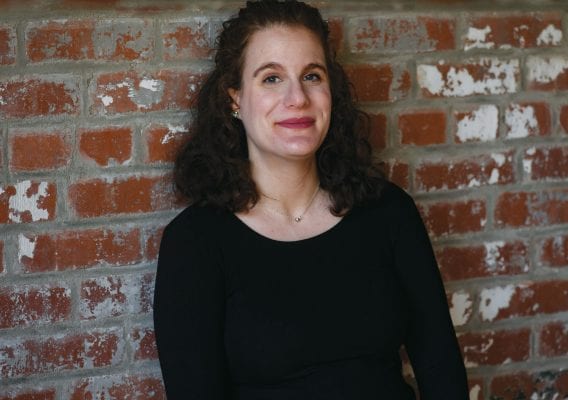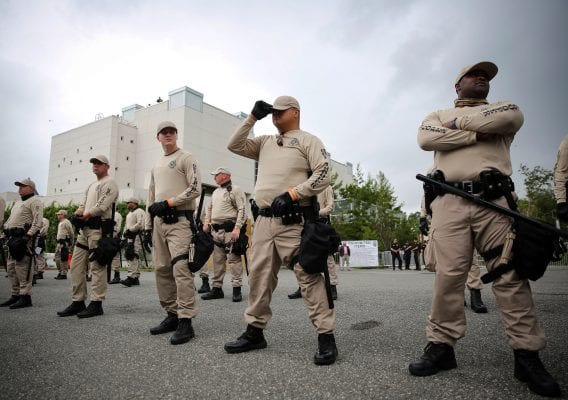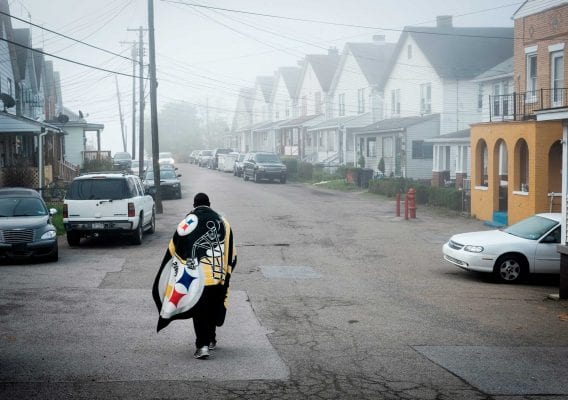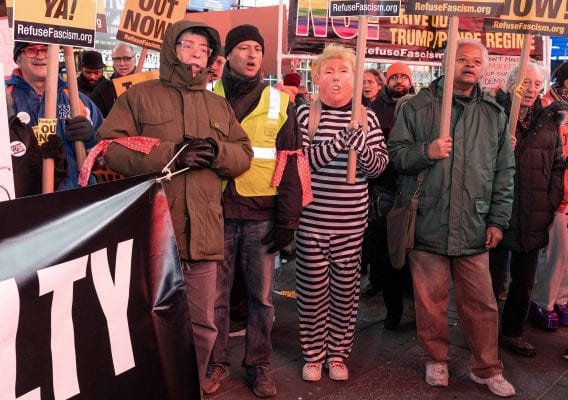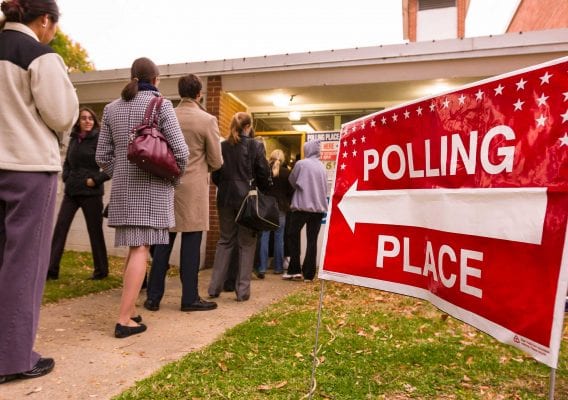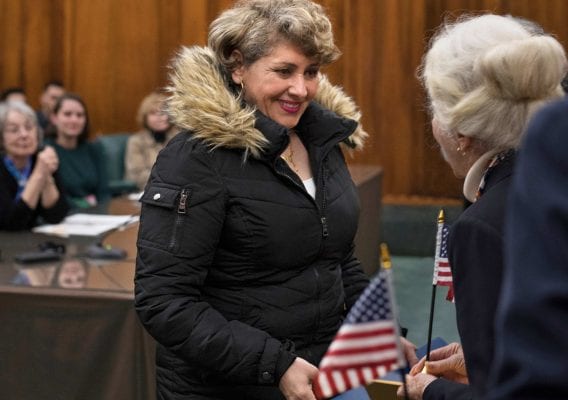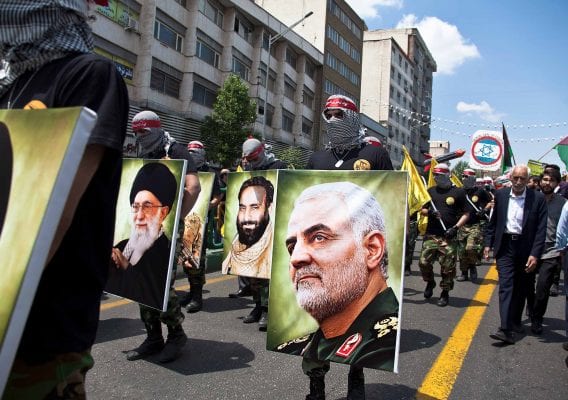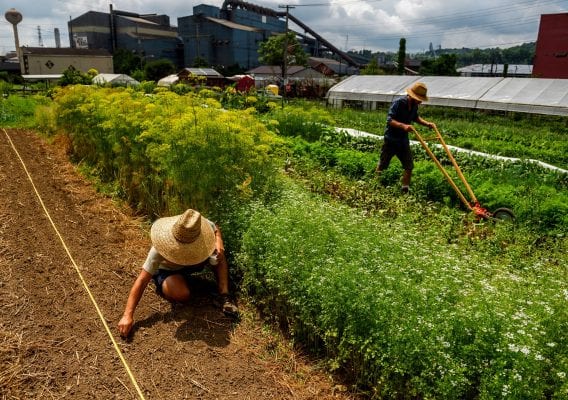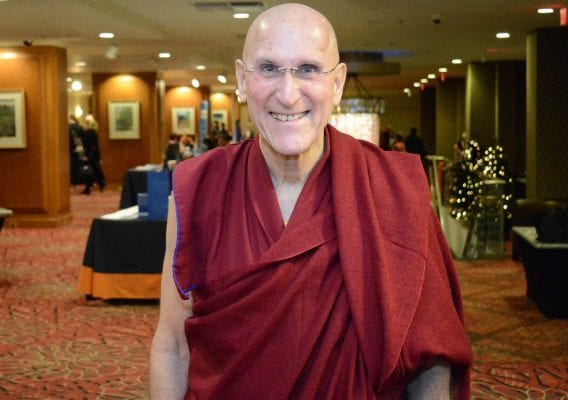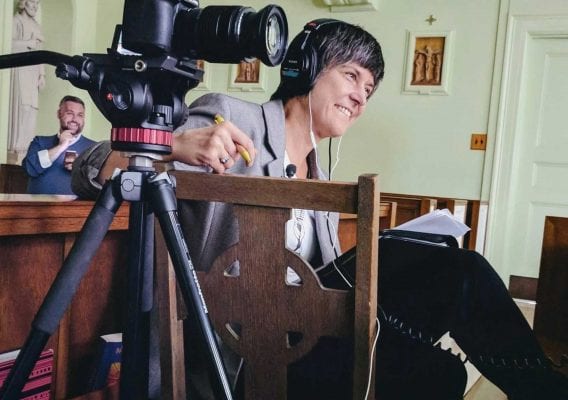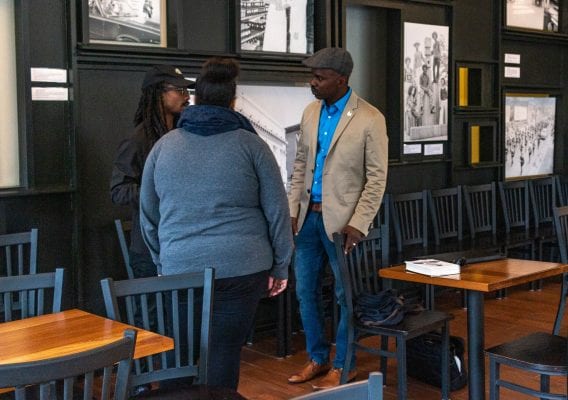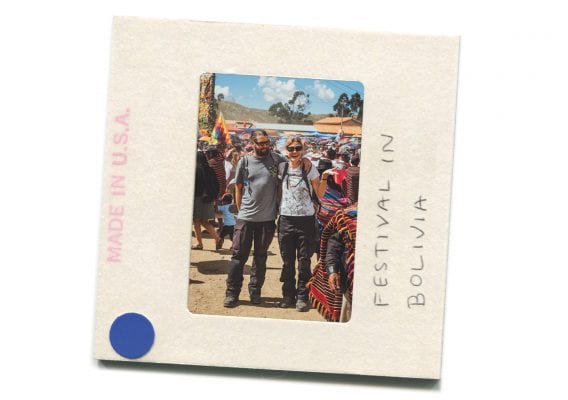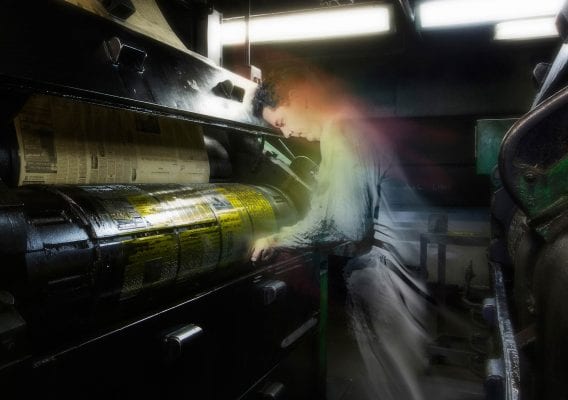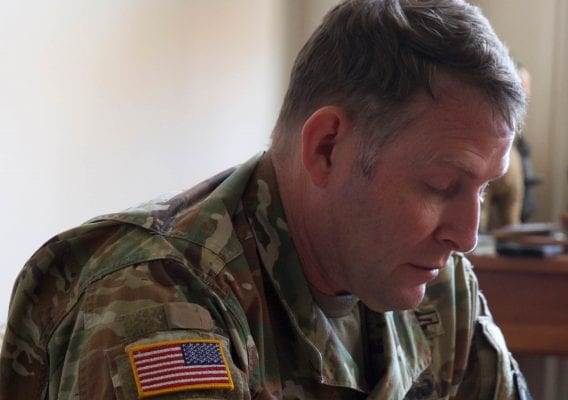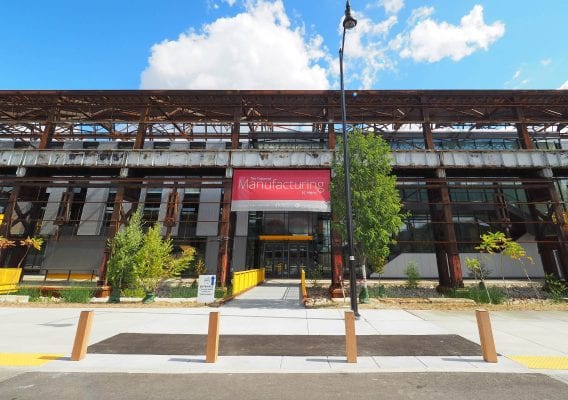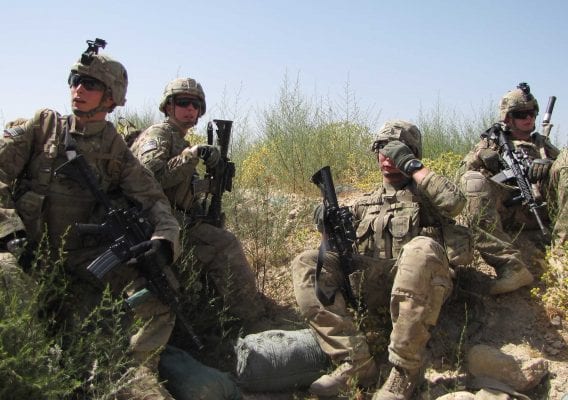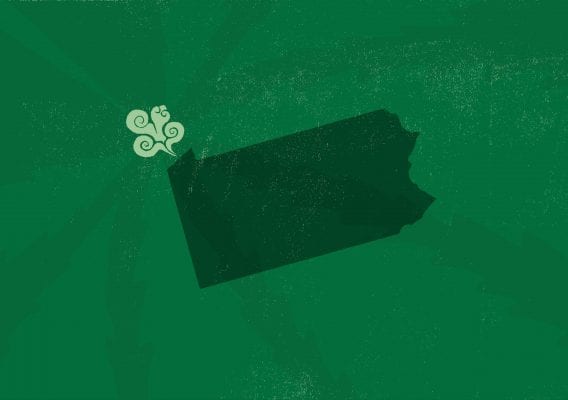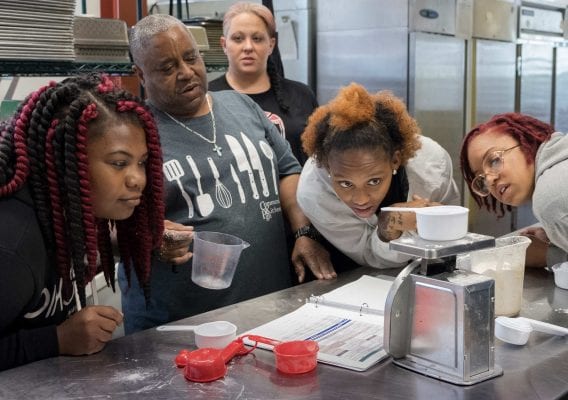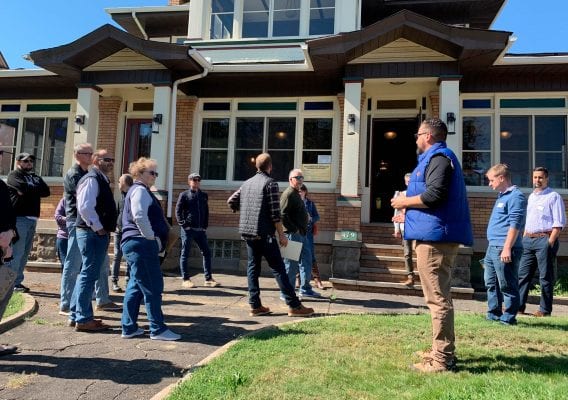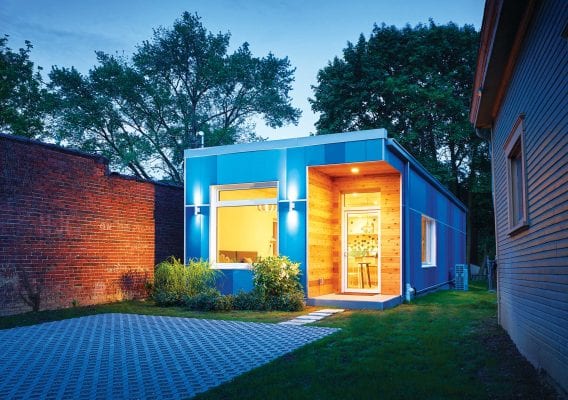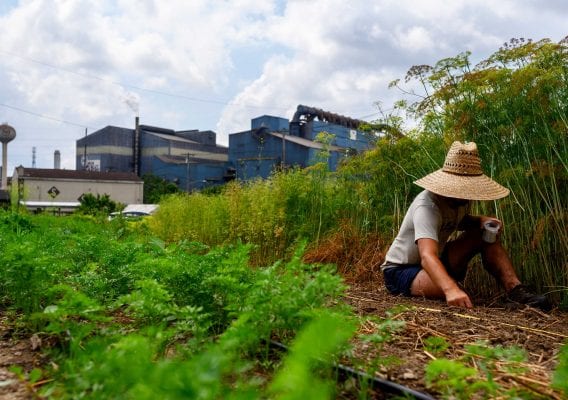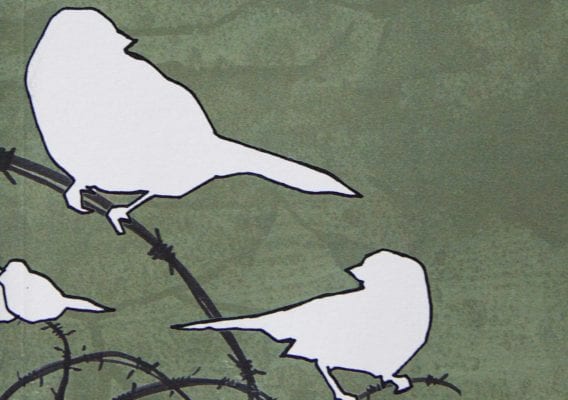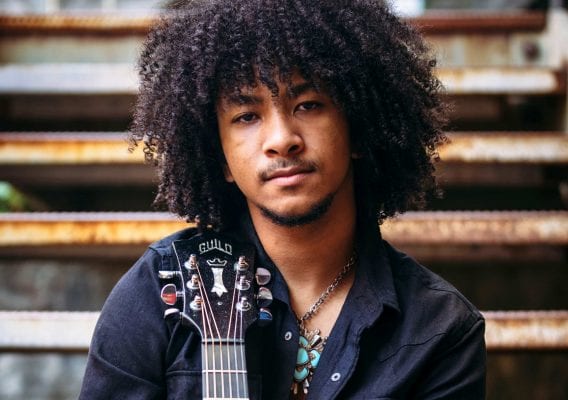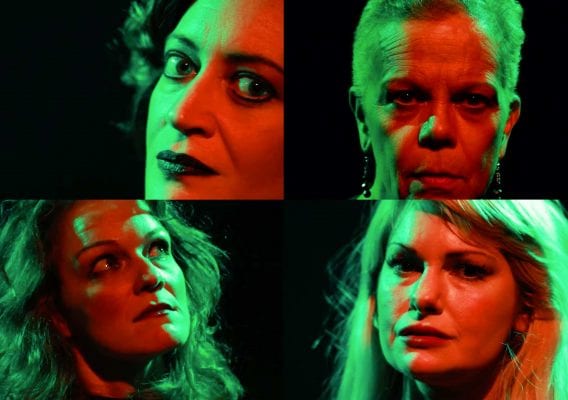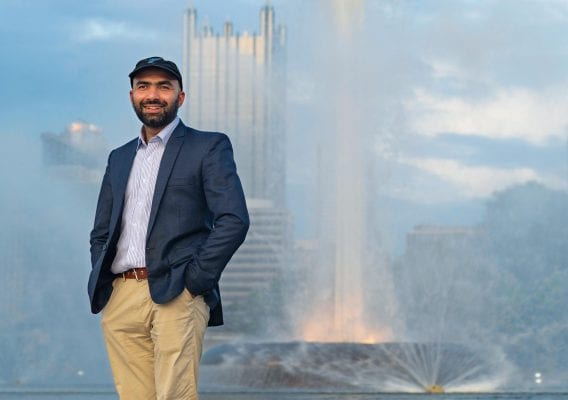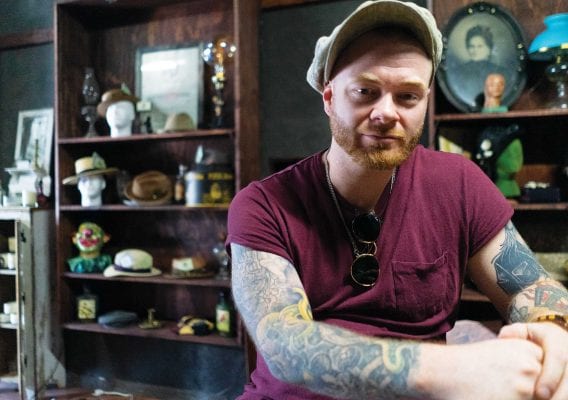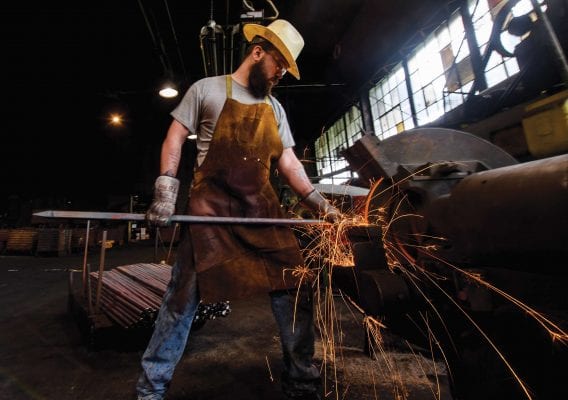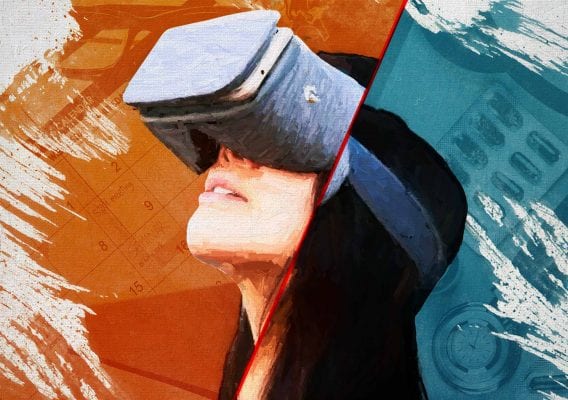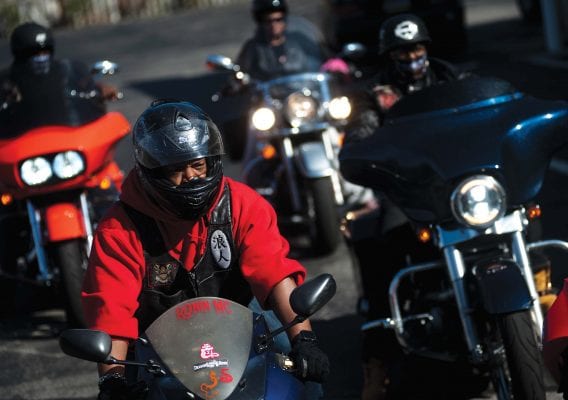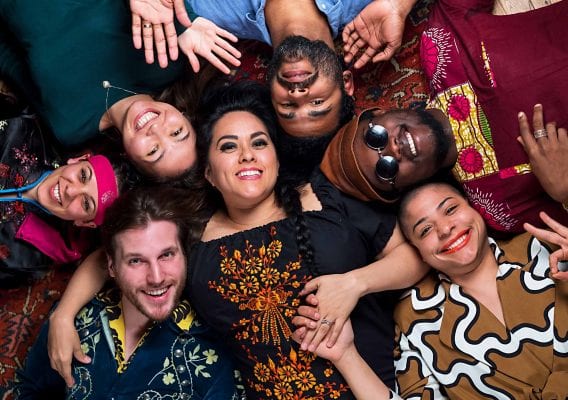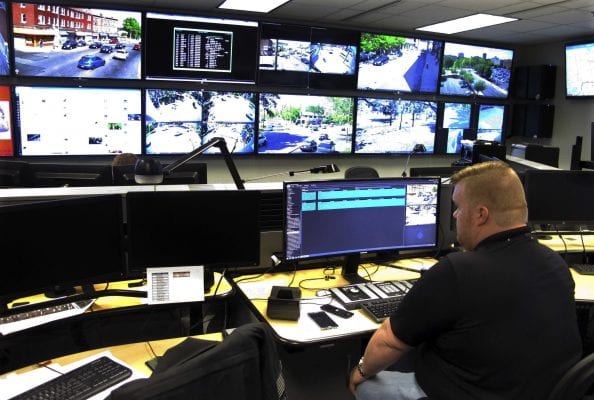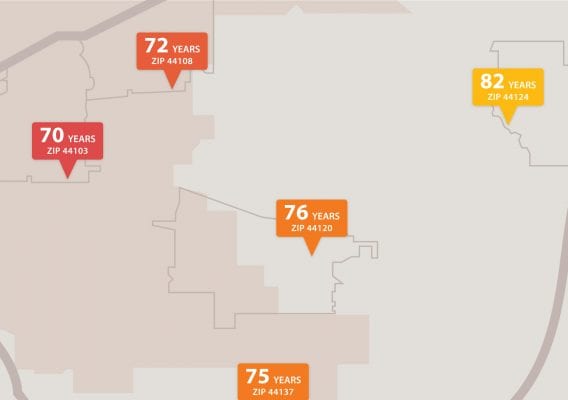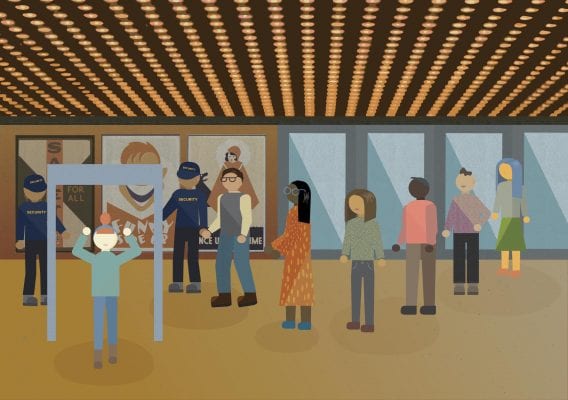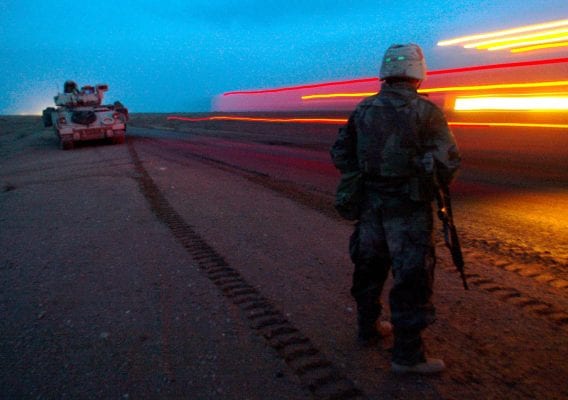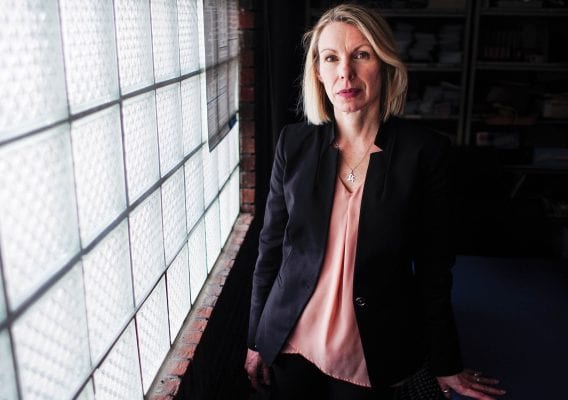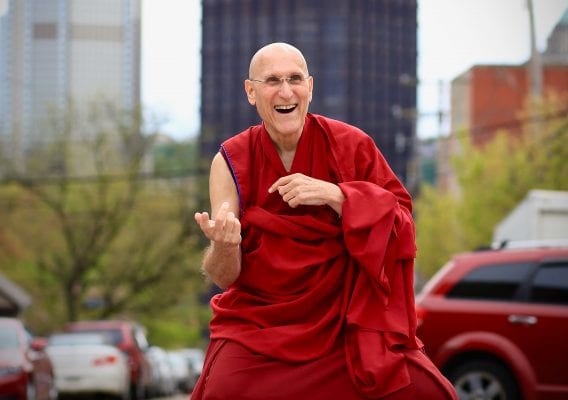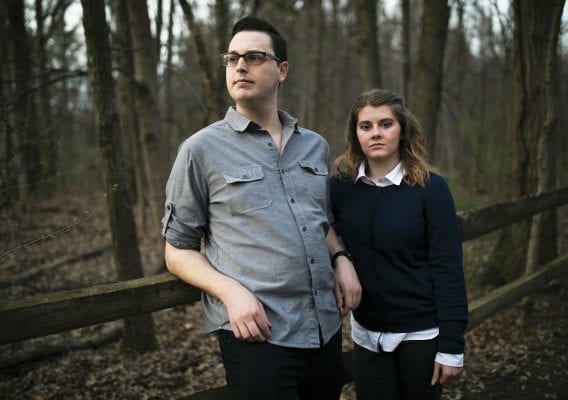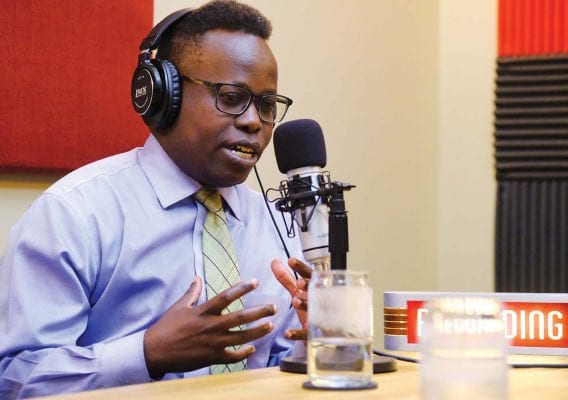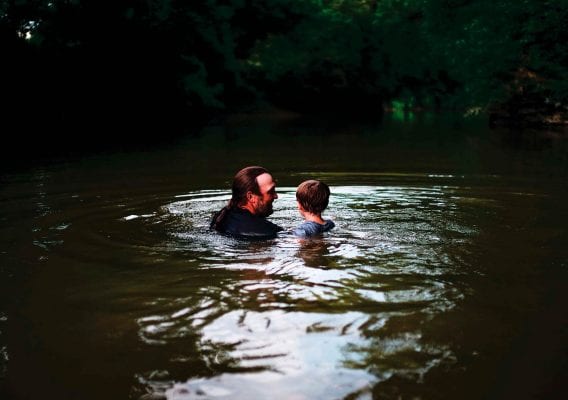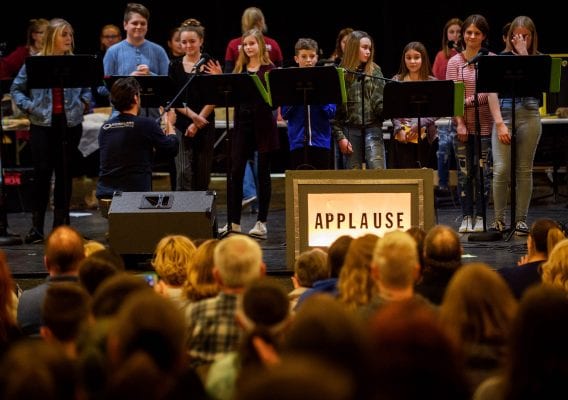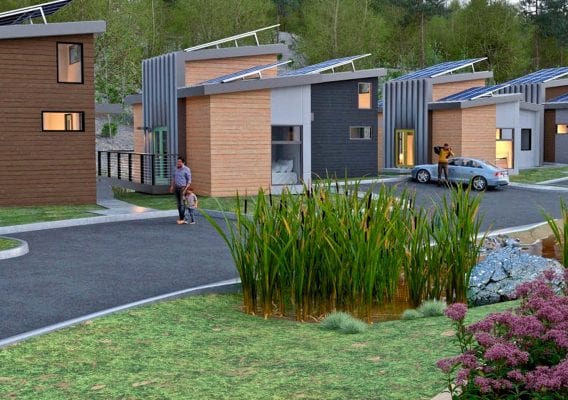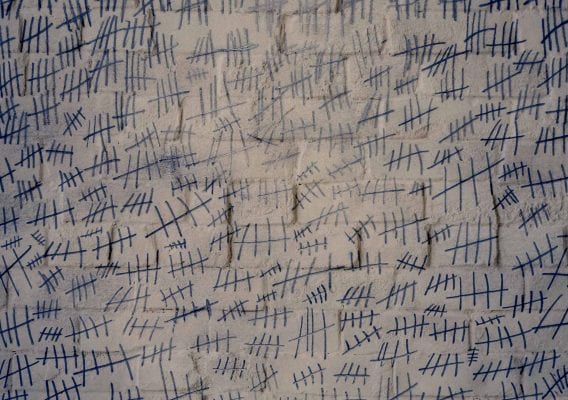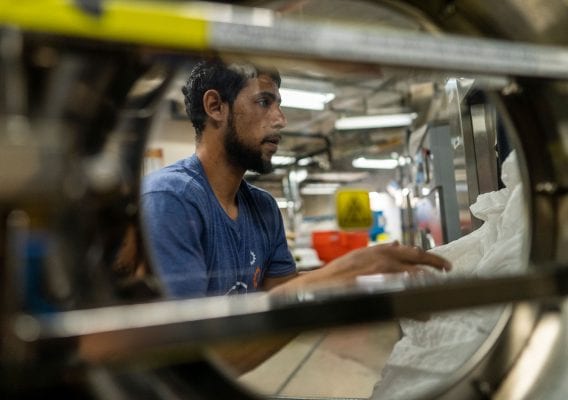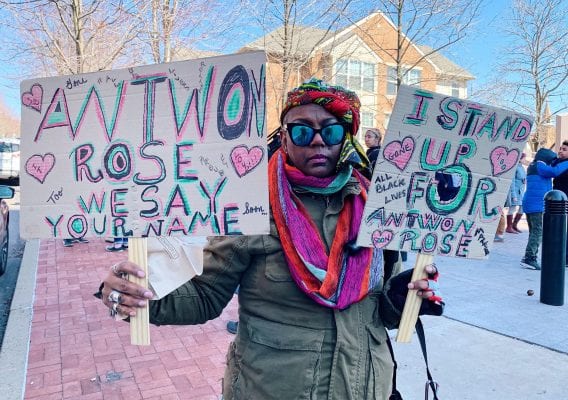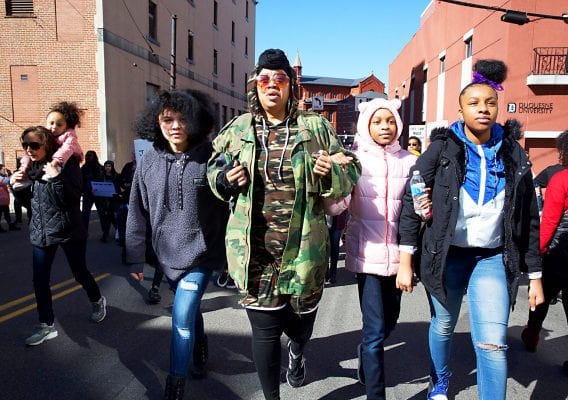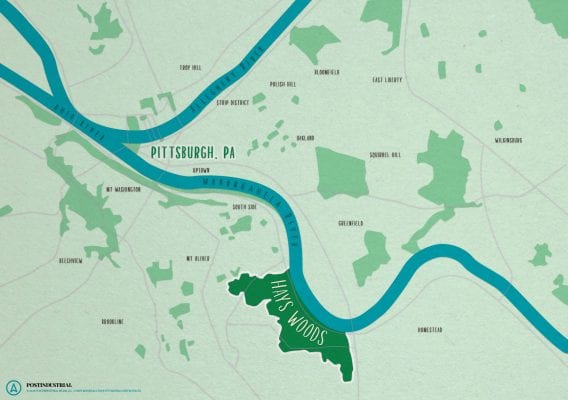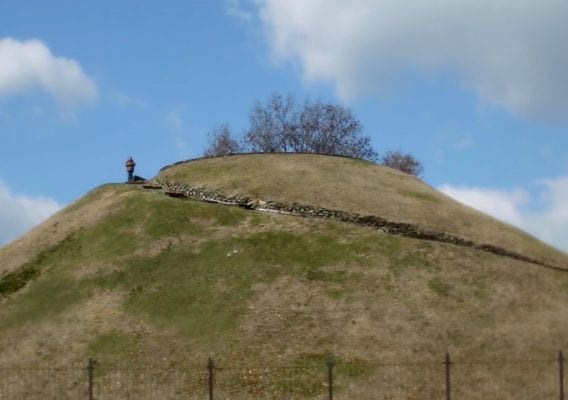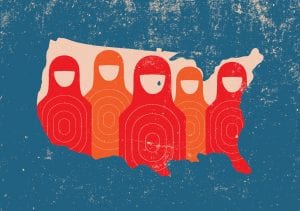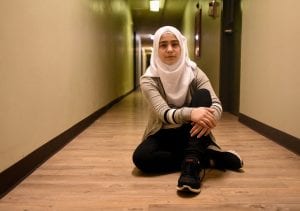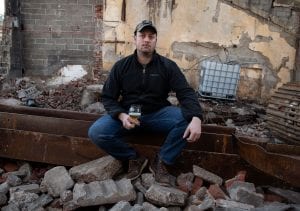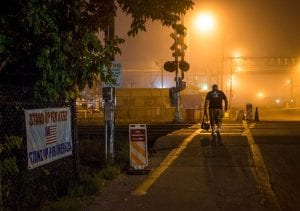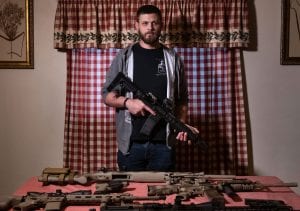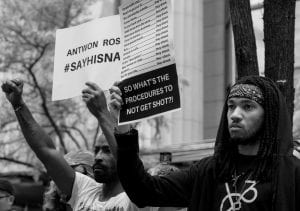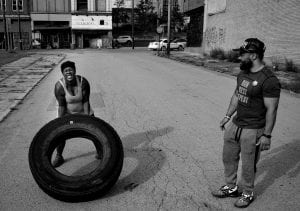When Shaimaa’s father, 52-year-old Abdulkafi Houri Zada, learned that his family’s application for refugee status with the United Nations was accepted in the United States, he picked Pennsylvania. He’d heard that the region was beautiful, that healthcare resources were good, and that the school systems were academically rigorous. The family fled their home city Homs, where significant and violent urban fighting began in 2011, to stay in Damascus for three months before moving to Egypt, where they spent the first two years in a refugee camp, and then another two in Cairo. It was there that they applied for refugee status, and after it was granted in August 2016, they moved to the United States. When applying for refugee protection, you are only allowed to relocate once your application is approved, meaning that applicants may have to wait for extended stretches in dangerous locations. After fleeing war for five years, they were excited at the prospect, finally, of peace.
“I thought it was going to be a lot better,” Shaimaa said of the transition to Pittsburgh. “In Egypt, you couldn’t do anything. Even studying, once you reach high school, it’s bad. So we thought we would come here and study and then leave. I thought it was going to be really good, the best life ever and stuff, and now I just wish I could go back.”
Shaimaa, her parents, and six other siblings lived in the Khaldiyeih neighborhood of Homs in a home that held many generations of their family. After peaceful civilian uprisings were met with government force, the war escalated quickly, and soon, cities became battlegrounds. People were starting to disappear; two of Shaimaa’s cousins, girls who worked at the local hospital, went missing, and to this day, no one knows where they went or who took them. Many families left before Shaimaa’s did, but Fatima Alasam, 46, Shaimaa’s mother, said that the main thing that kept them there was hope that the fighting would come to a quick, peaceful end. It was when they began to see children being kidnapped and killed that they went into hiding. Civilians came from other countries — Afghanistan, Lebanon, Russia, more — to join the escalating conflict, and shortly after, soldiers and fighters were surrounding their house. The entire family stayed in their basement bunker for a month and a half — “It was really scary,” Shaimaa said. “We couldn’t open any lights, we couldn’t talk because then they would know where we were. We were scared all the time.” — before Abdulkafi had a chance to move his family out.
“We were living as kings in our country. What happened, the war, was god’s will,” Abdulkafi said.
They escaped their basement and stayed in a farmhouse outside the city for 10 days. During a lull in the bombing, the family fled to Damascus in a truck. Seven family members, all children, sat in the open air in the back of the truck. They spent the two-hour drive listening to bombs fall in the rain, terrified as they passed through military checkpoints at the intersections. They knew that sometimes, if people didn’t follow regulations, the adults would be taken away and the children left in the car.
“If you don’t stop, they just shoot you,” Shaimaa said.
Shaimaa’s second youngest sister cried the whole ride, missing her toy building blocks that had to be left behind in the minutes they had to get to the car. But when asked what Shaimaa remembers of the ride, she said it’s hard to remember the details — her concussion from the incident at school affected her memory recall.
“He said you’re gonna lose all your memory,” Shaimaa said, referring to the doctor. “[But, I] will get it [back] in time.”
One thing she’ll never forget: seeing her brother’s friend die in front of their house. He was walking down the street when he was shot. Military and civilian fighters were on either side of the street, and Shaimaa and her siblings watched from a window in their building. And it wasn’t the only time it happened.
“He got shot, I don’t know where, but he wasn’t completely dead,” Shaimaa said. “He was was yelling for help. The two sides, they don’t know what they’re doing — they just shoot everyone.”
